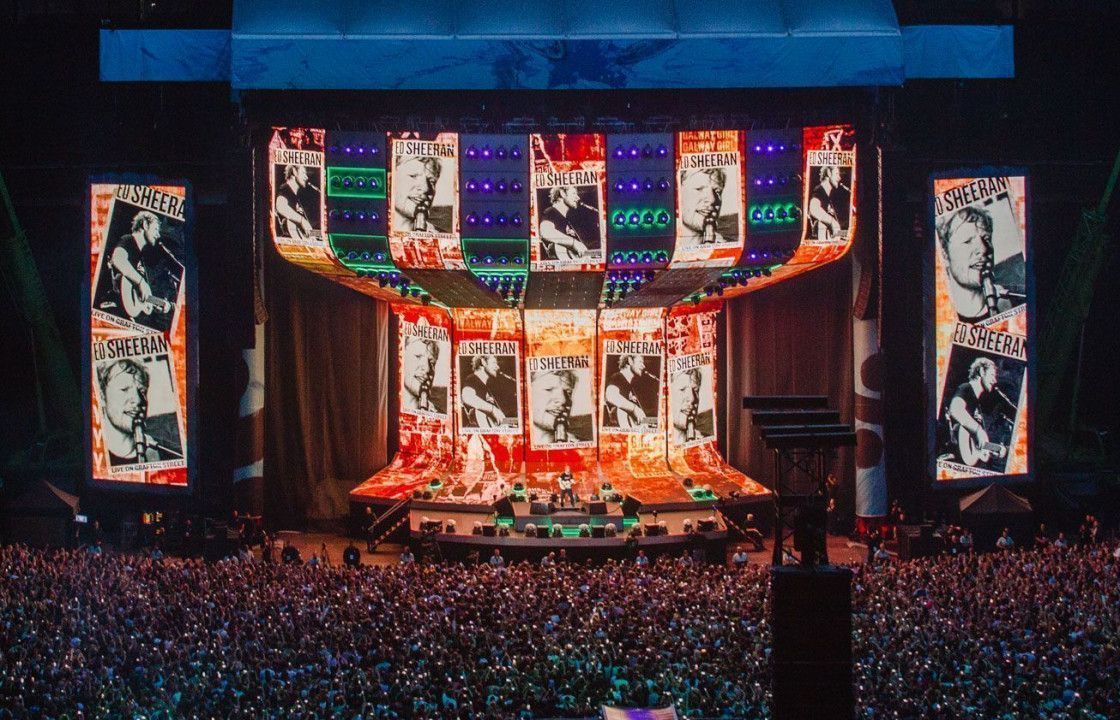Exploring How Definition Affects the Performance and Aesthetic Quality of Light Emitting Diode Walls in Modern Exhibition Techniques
Exploring How Definition Affects the Performance and Aesthetic Quality of Light Emitting Diode Walls in Modern Exhibition Techniques
Blog Article
LED walls are growing more and more popular in various environments, including concerts and sports competitions to business displays and art installations. One of the key crucial elements that influence the performance and image clarity of these screens is resolution. Resolution refers to the quantity of picture elements that compose the image on the screen. Higher image clarity indicates additional pixels, which can result in sharper and clear visuals. Grasping how image clarity affects LED screens can help users make informed choices about their screen requirements.
When discussing resolution, it is essential to consider pixel spacing, which is the gap between the midpoint of one picture element to the midpoint of the following pixel. A smaller pixel pitch results in a greater image clarity, enabling additional detail in the images displayed. For example, an LED wall with a picture spacing of 1.5mm will offer a sharper image than one with a pixel pitch of 3mm. This is particularly crucial in settings where audiences are near to the screen, such as in a small venue or a trade show booth. In these situations, a higher resolution can greatly improve the observing quality.
Another factor of resolution is its effect on hue precision and brightness. LED walls with higher image clarity often have superior hue rendering, indicating that the hues displayed are more vibrant and realistic. This is essential for applications like advertising, where the goal is to capture interest and communicate a message effectively. Additionally, higher image clarity screens can maintain brightness levels even when viewed from various perspectives. This is crucial in large venues where audiences may be seated at different ranges and positions from the screen.
The performance of LED walls is also influenced by resolution in terms site here of refresh rates and reaction times. A higher resolution display can handle faster refresh frequencies, which is crucial for fast-moving material such as films and motion graphics. This indicates that the visuals on the display will look smoother and more fluid, enhancing the total observing quality. In comparison, reduced image clarity screens may have difficulty with dynamic material, resulting in fuzziness or delay. Therefore, for events that rely on high-energy visuals, choosing a display with a suitable resolution is vital.
In summary, image clarity plays a crucial role in defining the functionality and image quality of LED walls. Factors such as picture pitch, color precision, luminosity, update frequencies, and reaction times all contribute to how effectively a display can convey data and capture audiences. As advancements continues to progress, understanding these elements will help users select the right LED screen for their specific needs, ensuring that they achieve the best potential outcomes in their displays and occasions.